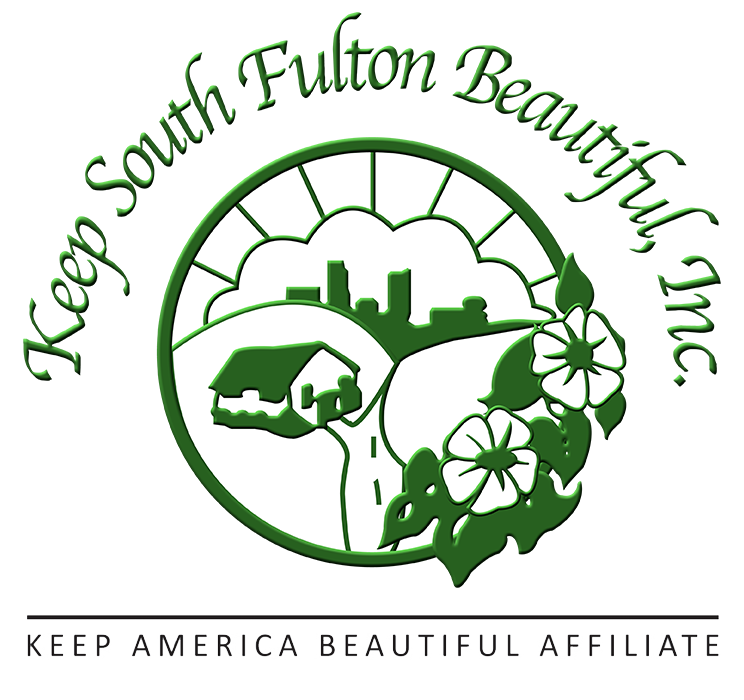Common Questions
1. Do you know how to properly dispose of your fats, oils and used kitchen grease?( Also known as FOG)
A: Use an empty plastic cooking oil or antifreeze container for your collection. Contact your local public works departments to see if they collect FOG. If not, contact your local Keep America Beautiful Affiliate or Clark Atlanta University. If there is ABSOLUTELY no area for recycling, dispose in your household garbage.
2. What is the difference between reuse and recycling?
A: Reuse is often “confused with recycling” and considered to be the same. However, they actually concern entirely different processes.
Recycling means turning an item into raw materials which can be used again, usually for a completely new product. This is an energy consuming procedure.
Reusing refers to an object, as it is, without treatment. This reduces pollution and waste, thus making it a more sustainable process.
3. Other than the obvious cases of water pollution – what is another less known MAJOR pollutant?
A: Textiles! This is due to the chemical dyes and minute microfibers that are shed during washing in domestic washing machines.
The shed of microfibers can easily pass through sewage and wastewater treatment plants into our waterways. They represent a serious threat to aquatic life because they do not biodegrade. Small aquatic life eat these fibers which then make their way up the food chain to fish and shellfish eaten by humans.
Soil and Water Connection
Below are some facts about soil and water:
- The decline in soil quality is often viewed in isolation from the decline in water quality.
- The decline and degradation of soil starts a chain reaction with profound consequences for water quality.
- When soil loses its ability to buffer environmental impacts, water quality declines.
- When soil no longer stores nutrients, regulates water flow or filters chemical and biological contaminants, water quality is also compromised.
Vegetative/Soil Best Management Practices
- Water loss, contamination, and purification are all directly affected by the soil and its related vegetation.
- Healthy soil and landscape systems provide many important storm water management functions; when properly designed, these systems route storm water through functional landscapes that store, infiltrate, evaporate, filter and slow the velocity of storm water runoff reducing both peak flows and volume.
- Properly functioning soils have multiple benefits and are cost effective in terms of improved plant vigor, storm water infiltration, water conservation, erosion, sediment and pollution control.
It is important that both quality SOIL and VEGETATION be viewed together as an essential part of a dynamic system used to control storm water quantity and quality. Together they are the best tool to manage ES&C in land disturbing activities and reestablish the pre-development volume of runoff, recharge, storage and evaporation.
Top Soil “GeekBook” Definition
- Earthy material used as top-dressing for house lots, grounds for large buildings, gardens, road cuts or similar areas. It has favorable characteristics for production of desired kinds of vegetation or can be made favorable.
- Topsoil shall be per ASTM D5268 standard specification, and water permeability shall be 0.6 inches per hour or greater.
- Organic matter content shall be 5% dry weight or greater. Organic matter shall have not more than 10% of nutrients in mineralized water soluble forms.
- pH shall fall within a range of 6.0 to 8.0
- Topsoil shall not have phototoxic characteristics.
Increased Soil Water Holding Capacity
- The percentage of organic content directly relates to water-holding capacity in soil. Each 1% of organic matter adds about 1.5 percent to available water capacity.
- For every 1% of organic matter content, the soil can hold 16,500 gallons of plant available water per acre of soil down to one foot in depth.
- A 10,000 square foot lawn would hold 18,800 gallons of water that would otherwise not be held and made available to plants.
- A town of 5,000 residents with each 10,000 square feet of lawn could potentially save 94 million gallons of water as a result of increased organic matter content in the soil by 5%
